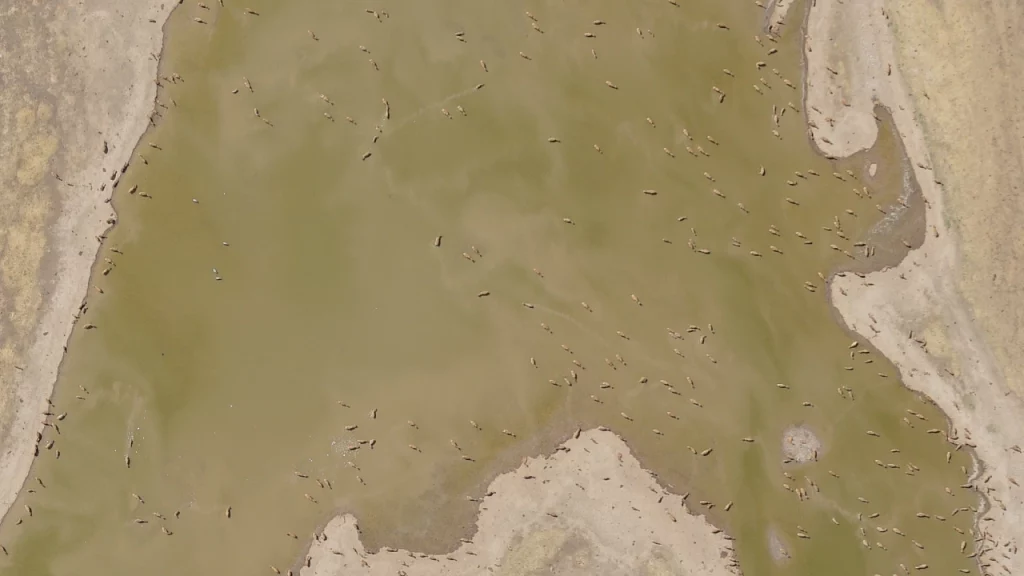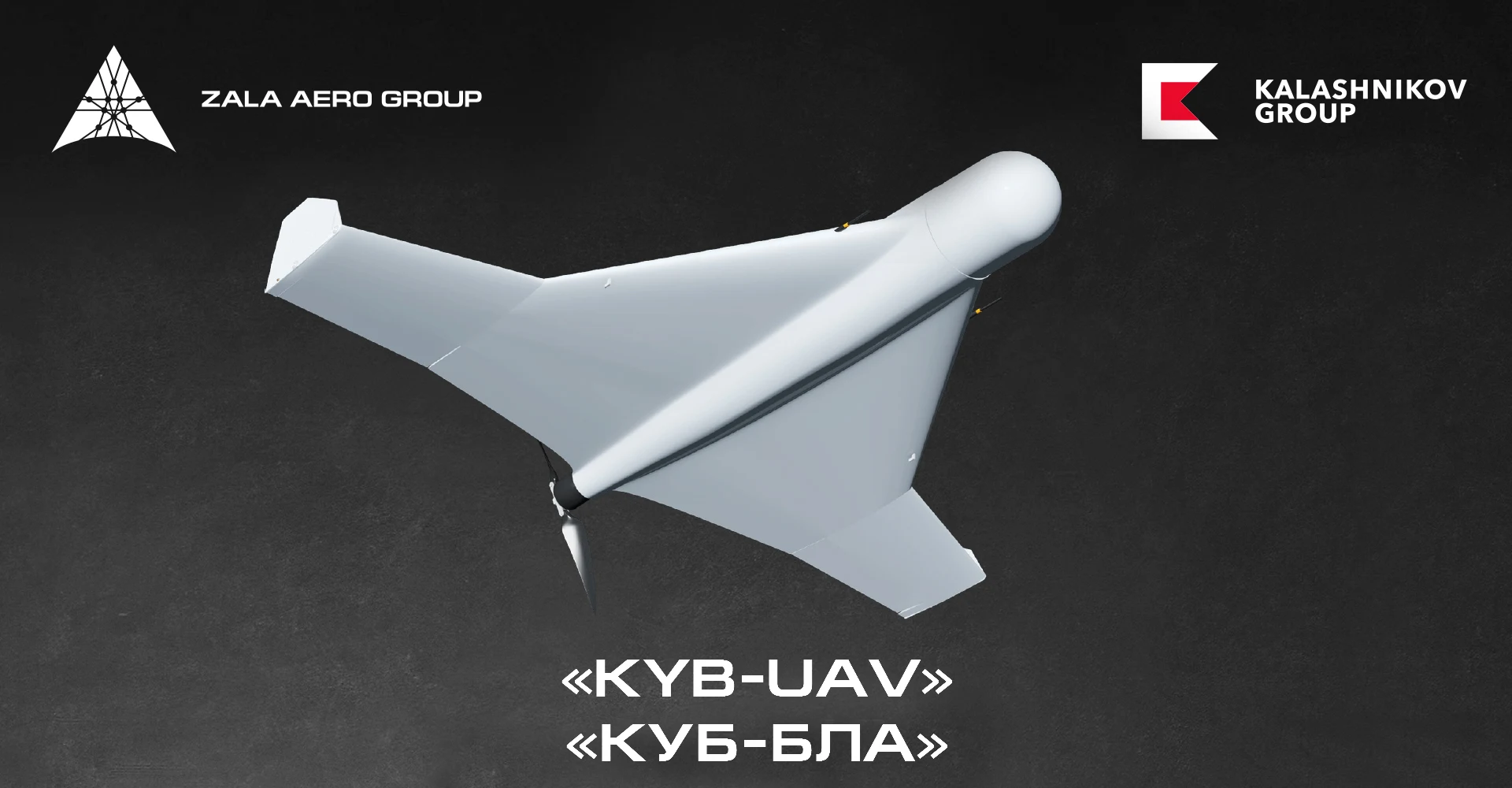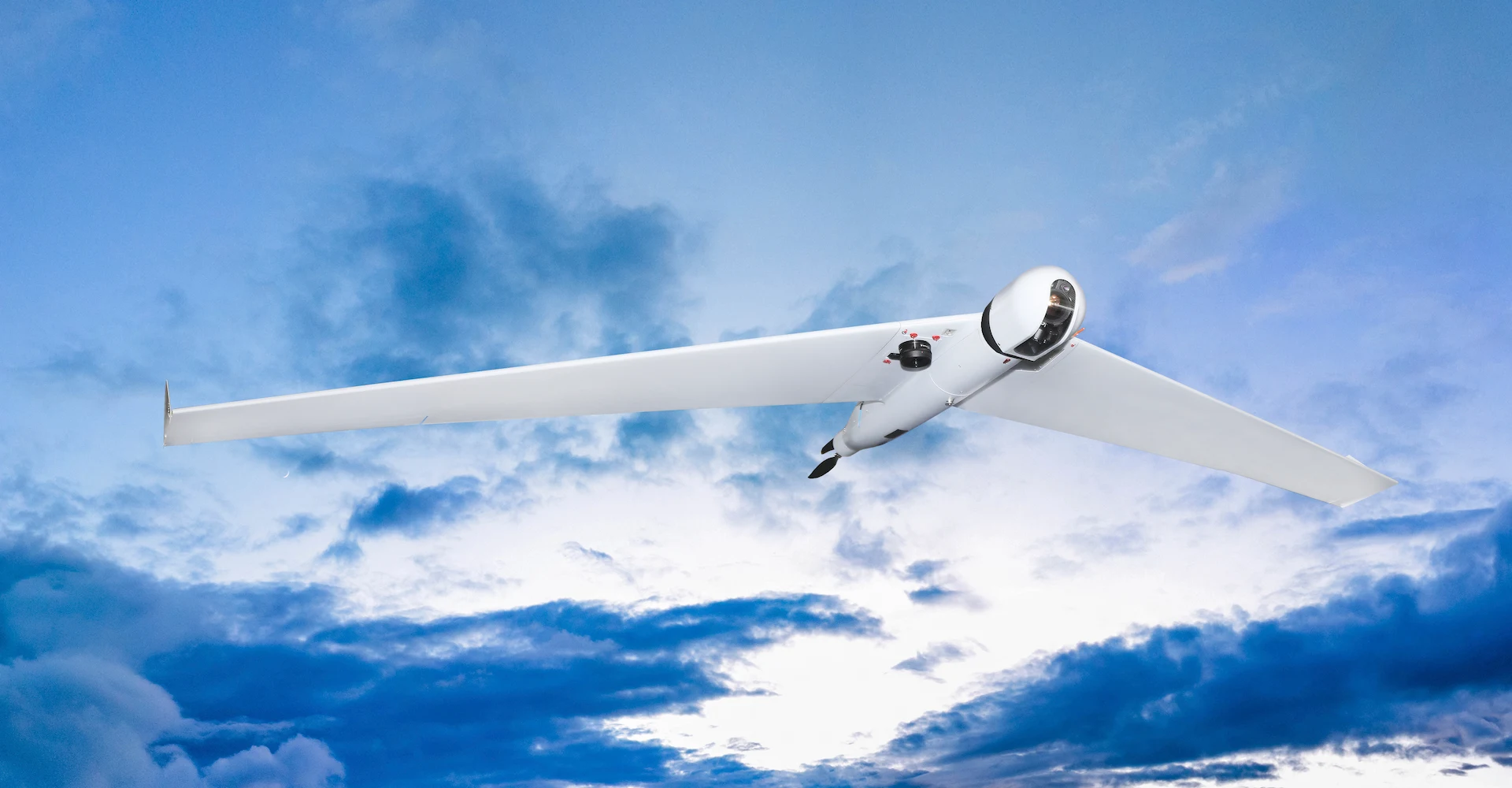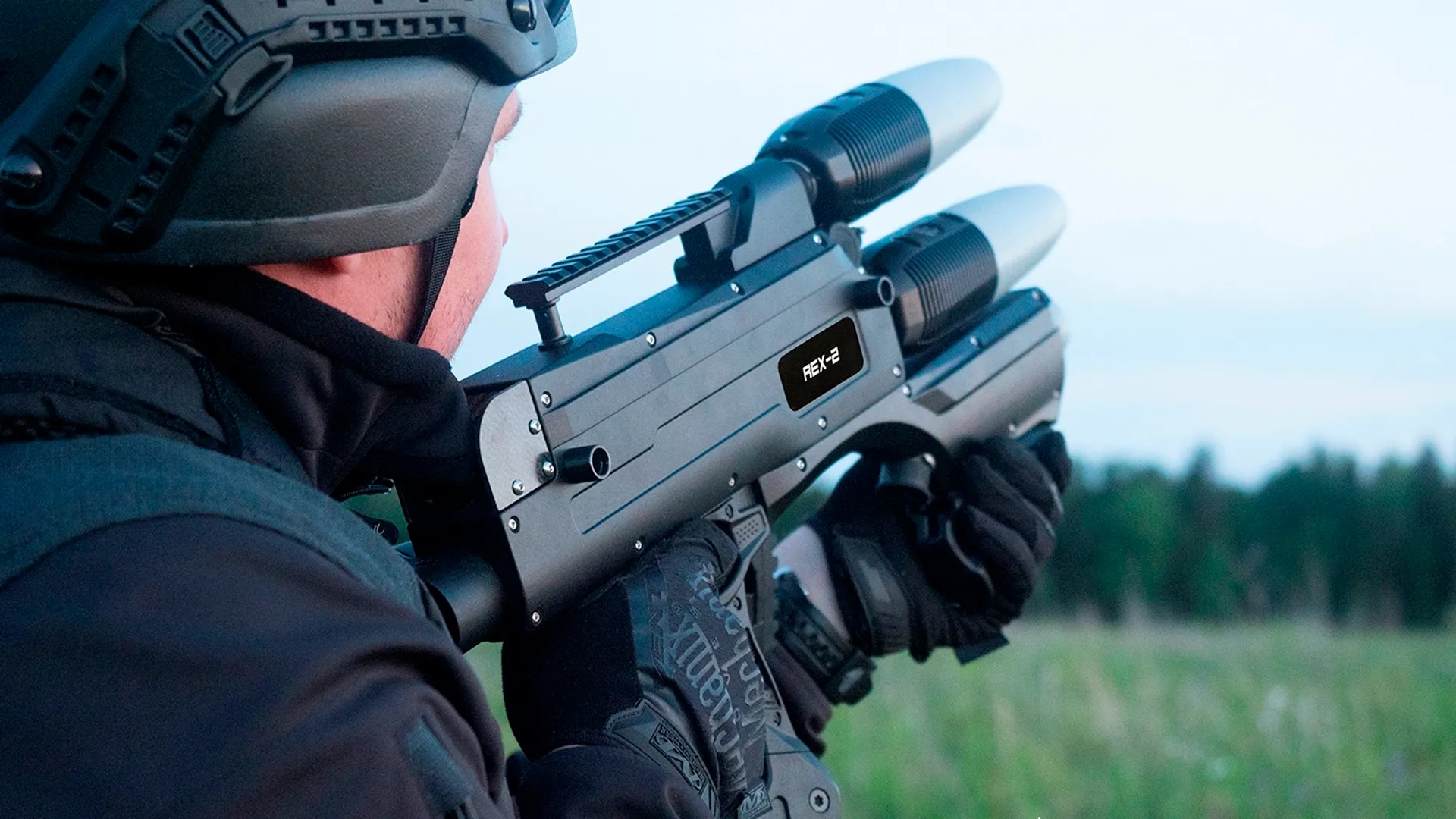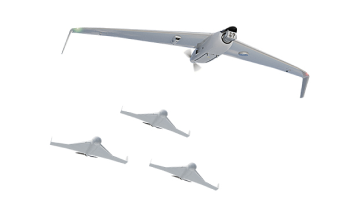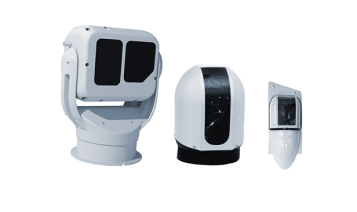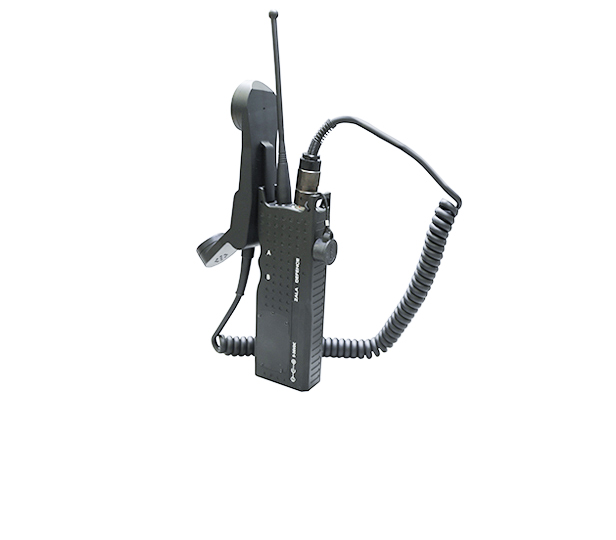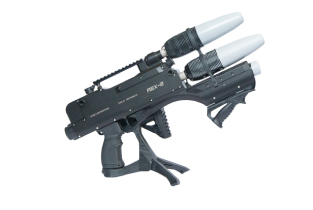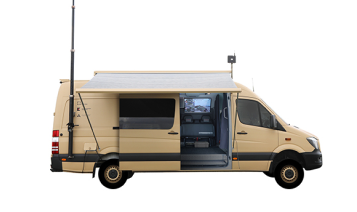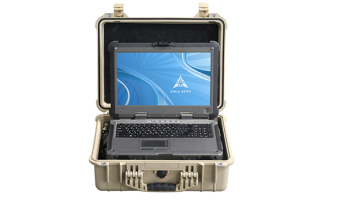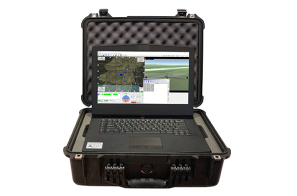ZALA drones on the lookout for wildlife
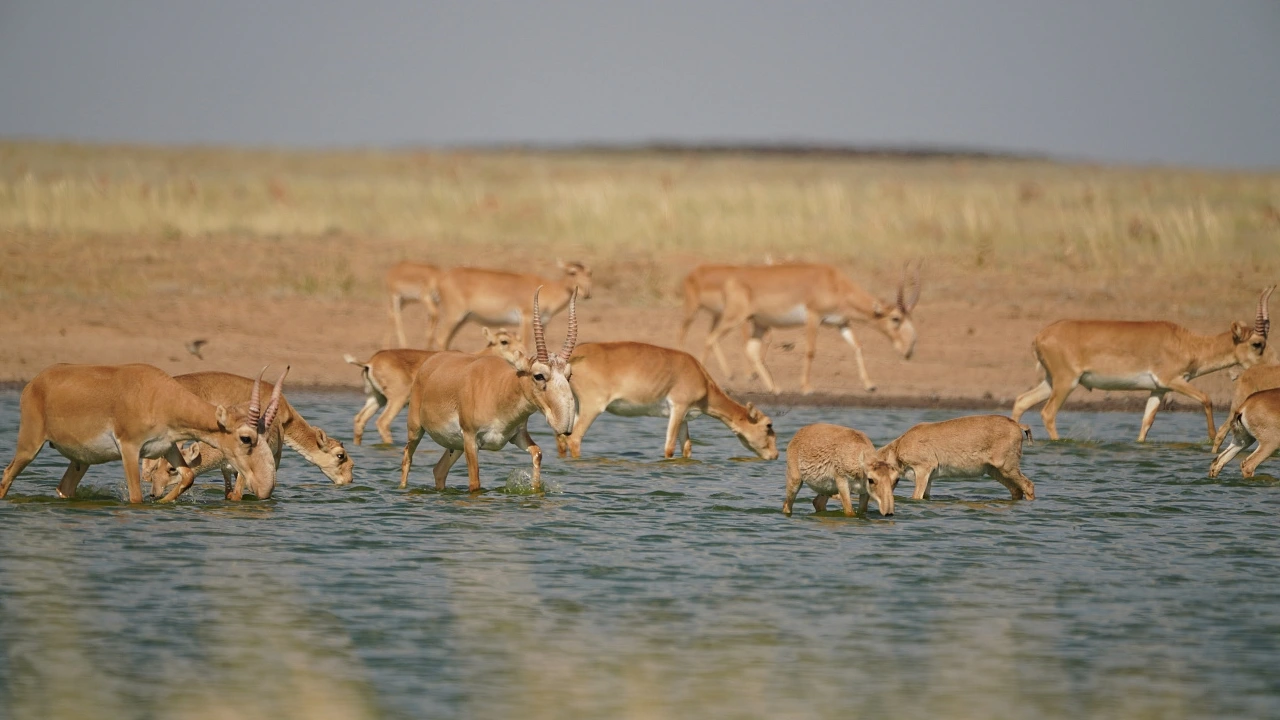
WWF-Russia conducted aerial surveys of saigas in the Stepnoi Reserve in the Astrakhan region and the Chernye Zemli Nature Reserve in the Republic of Kalmykia using ZALA unmanned aerial systems.
Aerial photography was conducted from a ZALA 421-16E unmanned craft equipped with a camera and thermal imager. The silent ZALA UAV was completely invisible to the animals, which usually scatter when trying to count them from a car or a light-engine manned aircraft.
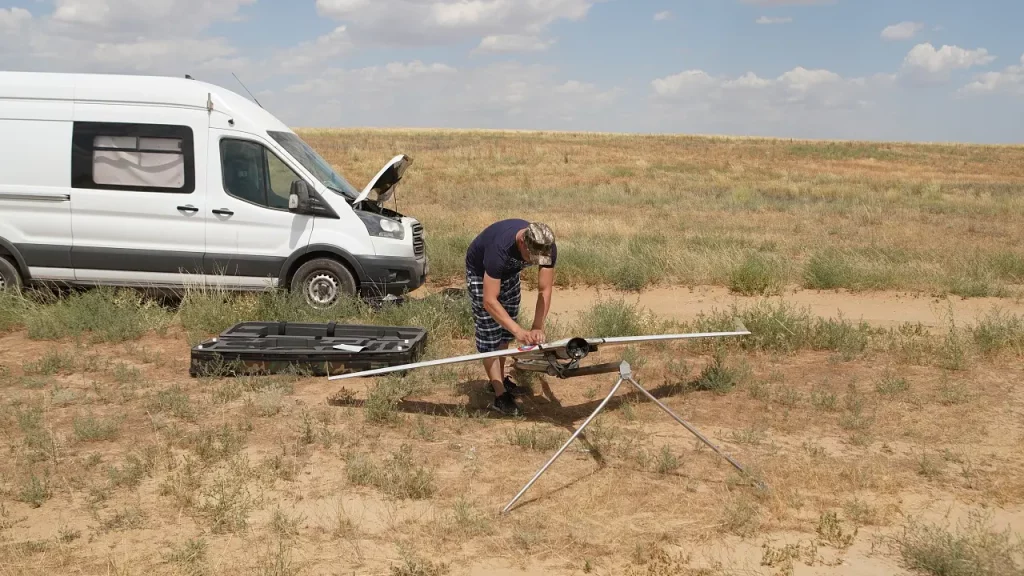
"In my opinion, the survey was a success. The saigas were clearly recognisable on the aerial photographs, of which more than 5,000 were taken. It will take about 1.5 months to decode them, and we will be able to tell how many animals were captured by the camera," says Dmitry Dobrynin, aerial photo interpretation specialist and coordinator of the saiga aerial surveys.
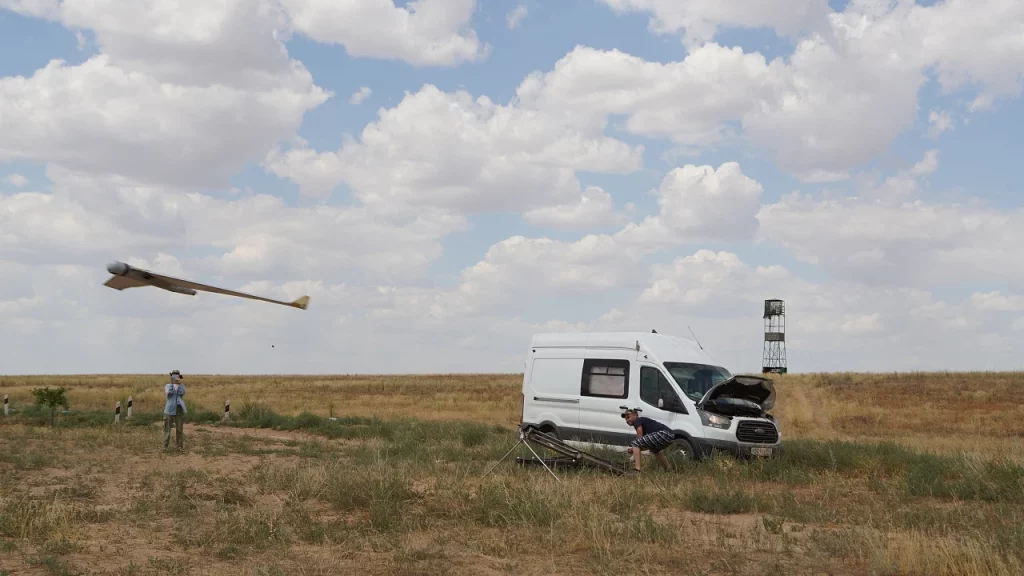
"We would like to express our gratitude to the pilots of the ZALA unmanned aviation system manufactured by Kalashnikov Concern, who ensured the required accuracy and quality of flights at a high professional level," said Dmitry Gorshkov, Director of WWF-Russia's Biodiversity Programme.
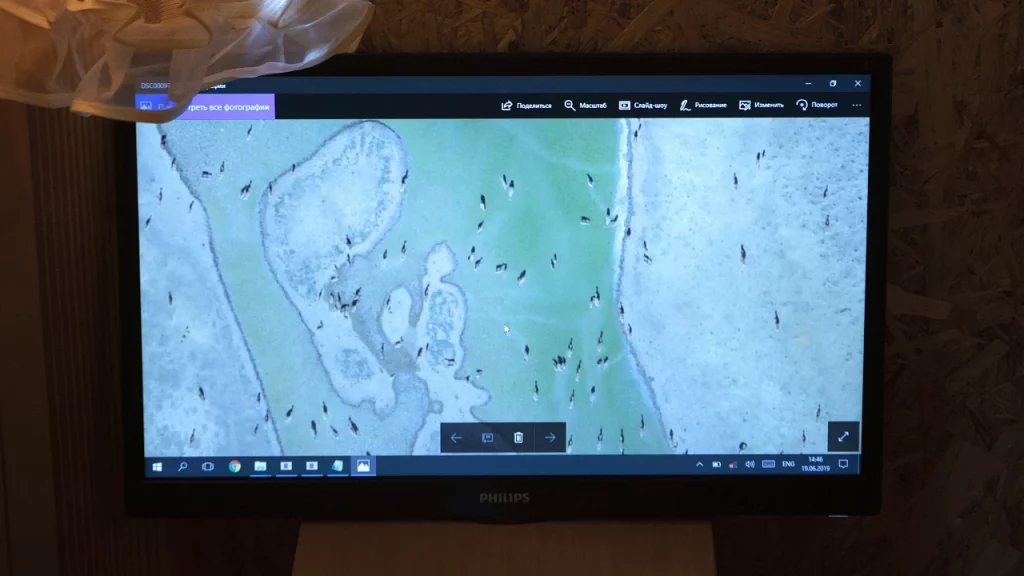
The numbers of steppe antelopes are falling rapidly and are on the verge of extinction. The main reason is that saiga horns are highly valued on the black market, so poachers ruthlessly exterminate males. For the population to recover naturally, the proportion of males should be at least 10 % of the total number. But now there are far fewer of them.
Aerial counts of animals allow us to find out their exact number, assess their sex and age structure, map their migration routes and mark their main habitats. Based on these data, methodologies will be developed for the conservation of these rare animals.
